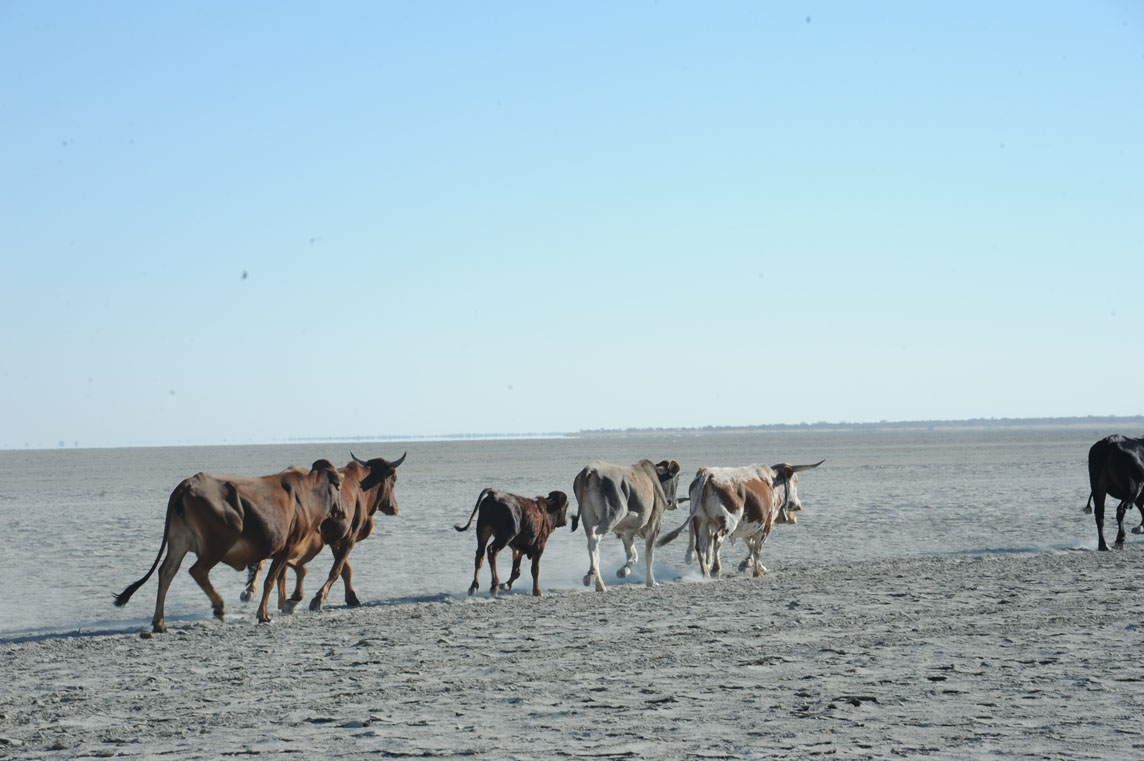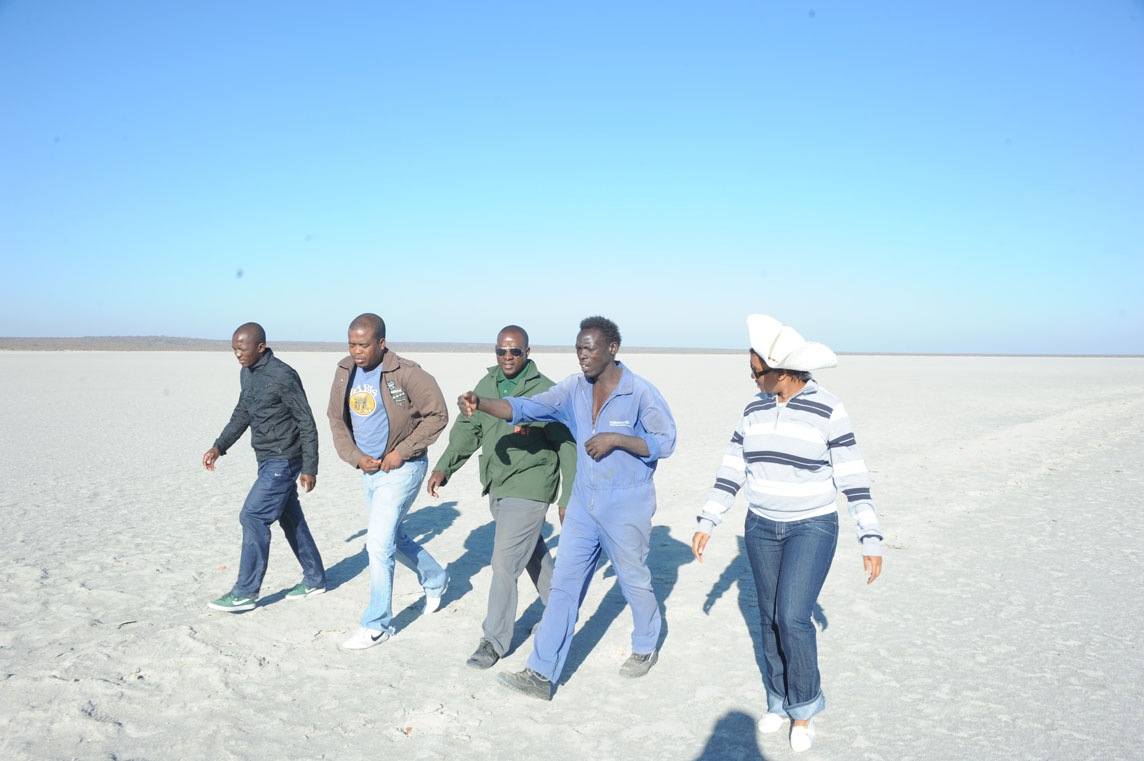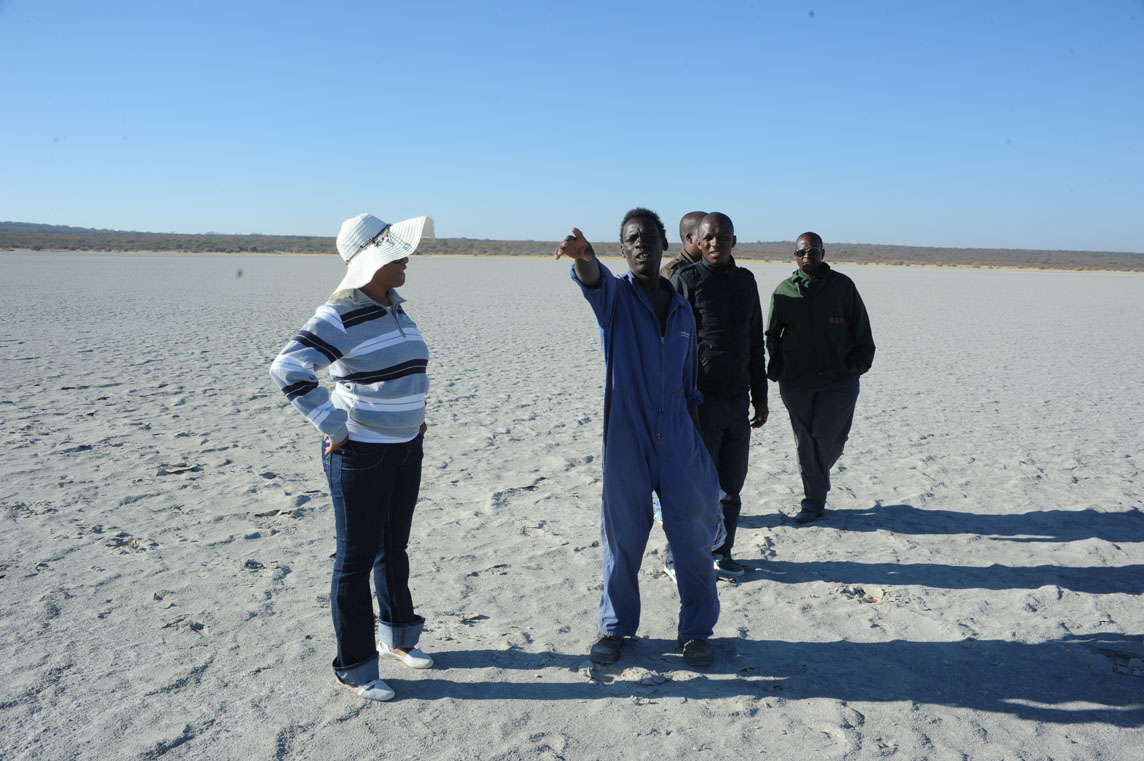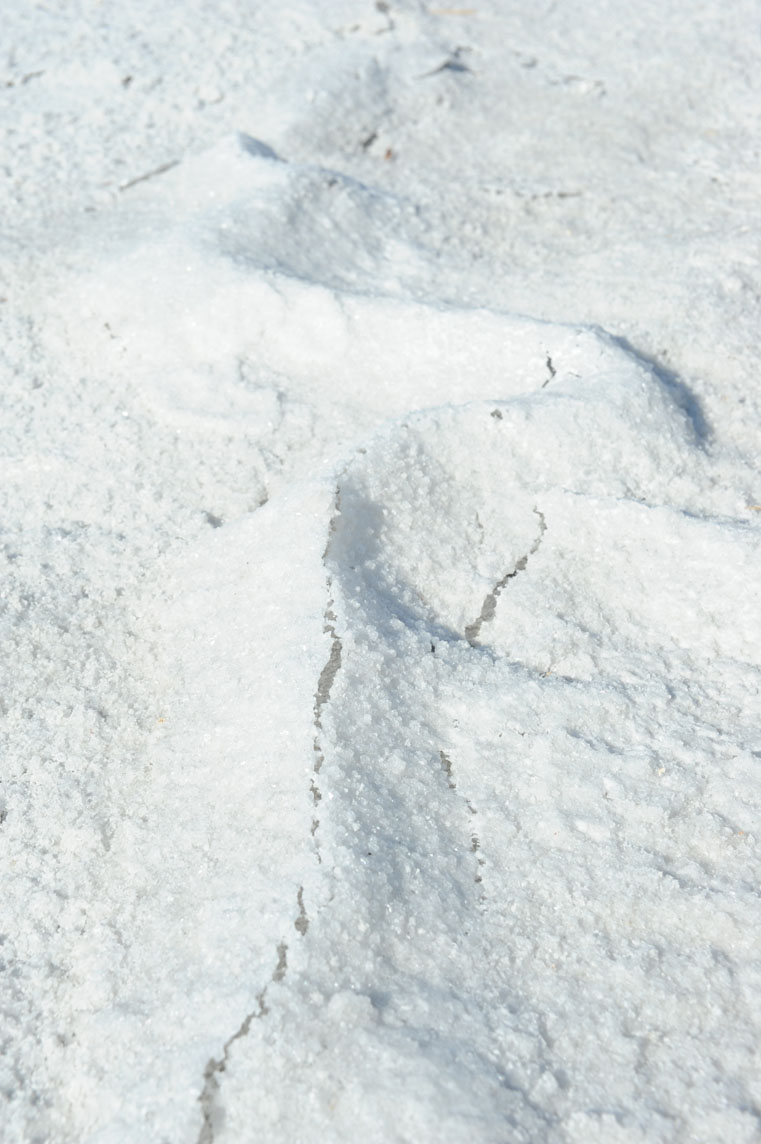Tswantshaa and its instinctive cattle
11 Jul 2013
The next time a friend tells you that she thinks her puppy poops in front of her car every day when she gets home to make her feel guilty about leaving him home alone, slow down your instinctive eye roll.
She might be on to something since recent research suggests that animals may think and act in more complex ways than scientists expected. This research could not be far reaching given the bizarre acting Tswantshaa cows. BOPA reporter Ndiyane Masole reports on Tswantshaa cattle post’s intriguing foster mothers of the human race.
Go tsamaya ke go bona is a common Setswana cliché that loosely translated means to travel is to see. Be it a new place with a different culture or a peculiar looking baobab tree, new discoveries are always interesting.
So enthralling were the Tswantshaa cattle post cows that while pets are not sent to universities, the remarkable behaviour demonstrated by the cows somehow showed that animal species are much smarter than people assume and in ways they had never imagined.
The Tswantshaa cattle post is situated on the edge of Makgadikgadi pans, one of the largest salt pans in the world. The place is desolate, extremely arid and animal life is close to non-existent. History suggests that the Makgadikgadi is a relic of what was once one of the biggest inland lakes Africa ever had.
One can only imagine how life was back then; food for wildlife must have been in abundance, since lakes are home to fish and smaller invertebrates that live in fresh water or burrow in mud on the lake floor. Plant life is usually varied with rooted and floating ferns, as well as flowering plants.
All this though is a far cry from the salt pan that remains today. No vegetation grows on this vast land of white sands with grassland covered fringes. Despite this, a person’s first step onto the Makgadikgadi would leave them completely in awe. The white crusted salty surfaced sand goes as far as the eye can see, looking like the death-trap of ‘adventurers lost in the desert’ novels.
Perhaps it is thanks to this illusionary mirage shimmering in the distance that gave the Tswantshaa cows the sense of being an insignificant speck in nature’s grand scheme of things, making them master their approach to the mine field that is Makgadikgadi.
Due to minimal rain and shortage of grass, the crystal salts that usually form on the Makgadikgadi pans, have become a source of food for Tswantshaa cows. However the downside to this crust of salt is that it can conceal a quagmire of mud that can engulf a truck. But since there are not many trucks that go through this pan, cows have become ‘victims’ of this trap.
“Not the Tswantshaa cows, they know where to go to for the salt, they know where to step and they can’t just go anywhere. Other cows from cattle post far from this one are the ones that get trapped and die here,” cattle rearing enthusiast Mr Oagetsemang Tale said as he walked through the pan.
Mr Tale said, for Tswantshaa cows not to be snared by the sand, they tread carefully when looking for crystalized salt on the pan therefore are seldom trapped. As though sensing a doubting Thomas moment while he proudly talked about the cows human like behaviour, Mr Tale politely asked the Information Services driver to drive towards a herd of cattle that was on the pan.
The driver then drove towards the cows, as though driving them further into the pan but voila the cows suddenly formed a line as though every move had been rehearsed. “Akere le a bona, ga di kake tsa tsamaela kwa di a itse gore di tsamaela ruri. Le ha re ka dira jaana tsatsi lothe,” Mr Tale said although short of a victory dance.
According to onekind.org cattle get excited when they solve problems. It also suggested that when faced with a challenge of finding out how to open a door to reach food, their heartbeat went up, their brainwaves showed excitement, and some even jumped into the air. Maybe this instinctive behaviour has indeed saved many of Mr Tale and other farmers’ cows around Tswantshaa.
Unaware of this scientific finding, the middle aged farmer said he was grateful that their cows are able to avert danger, so that they are able to sustain themselves. He believes the cows’ behaviour is a guide from the good Lord as well as an answer to their prayers since they live in a semi-desert where water is scarce.
But back to that friend's manipulative dog, although new science shows that some animals are smarter than previously proved, it doesn't mean that one could expect their dog to start solving household problems for them. ENDS
Source : BOPA
Author : Ndiyane Masole
Location : Letlhakane
Event : Feature article
Date : 11 Jul 2013









